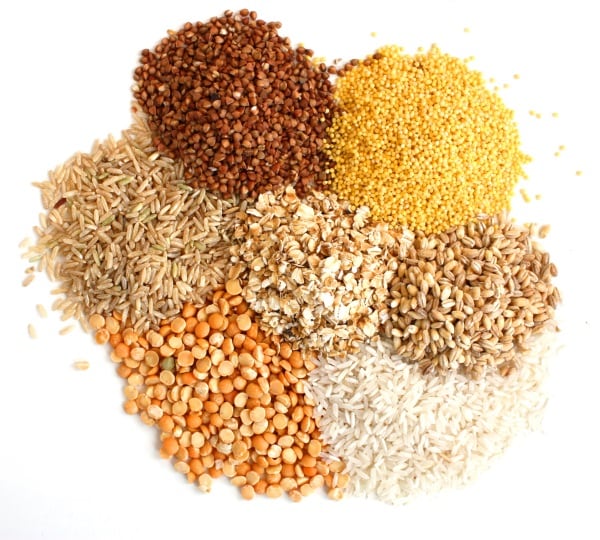The global cereal market is highly dependent on the weather, especially the conditions that effect corn and grain produced in the US and Asia. Hot, dry weather cause a decrease in crop output, resulting in shortages for cereal producers around the world.
As such, the industry has been through a rocky eight years.
According to Sergey Avramenko, head of the global markets research team at IndexBox, the cereal markethas been showing a moderately upward trend with an average annual growth rate of approximately 2%.
Rollercoaster ride
“However, growth has been uneven,” he told BakeryandSnacks.
“From 2008 to 2013, the volume of grain production and consumption remained relatively stable, followed by an acceleration of consumption growth over the next two years.
“In 2015, consumption decreased slightly, but in 2016, market volume bounced up to reach approximately 2,870 MT,” he said.
“We expect the persistence of the growing global grain consumption trend with an average annual growth rate of about 2%, with no significant acceleration or deceleration,” said Avramenko, referring to IndexBox’s recent report which examines the trends and forecast of the global cereal market until 2025.
Compound growth of 2%
Such market development will lead to an increase of grain consumption volume in the world up to approximately 3,100-3,200 MT with a market value of approximately $735bn by 2025, he said.
“Although fluctuations are possible in certain periods, caused by adverse weather conditions, they will not change the overall global trend,” he predicted.
The world needs food
Avramenko said the key growth driver on the grain market is the world’s exploding population.
While grain is an important foodstuff for humans, it is also critical food for livestock and poultry, which, in turn, provide us with meat.
“Urbanization and rising living standards in fast-growing countries in China and ASEAN countries, in particular, are contributing to the growth in demand for meat and poultry, which has increased the need for feed grains,” he said.
Change in leader board
Traditionally, the most popular grain in Asia is rice, but in recent years, there has been a growing propensity for wheat and other crops.
“Grain consumption structure by segment has remained relatively unchanged for many years, so we expect its persistence in the medium term,” said Avramenko, noting that, over the past four years, there has been a slight upward trend in the share of maize in global grain consumption, by reducing the share of rice.
“The increase in need for maize has been caused by its value as a fodder raw material, as well as a source of starch included in many food products,” he said.

The output in 2017
- Maize is the most popular cereal crop in the world, with an approximately 36% share in 2016.
- Rice and wheat accounted for 26% each.
- Barley occupied 26%, while the share of the other crops accounted for approximately 6%.
Market value in 2025
- The global grain market is forecasted to reach $735bn by 2025.
- Approximately $295bn will account for maize; $290bn for rice; and $150bn for wheat.
Data supplied by IndexBox.
Inhibiting influences
There are a number of constraining factors impacting demand for grains, including a dire shortage of fertile lands and the extreme poverty experienced in many regions of the world, especially in Africa.
“A considerable potential for grain consumption growth is hidden in African countries, but still continuing high level of poverty does not ensure rapid market growth,” Avramenko said.
Although this will make growth sluggish, “high population growth rates will further boost the demand for grain and other basic food products.
“In the medium term, the world’s population growth and increasing welfare in the Asian countries will remain the main market drivers, which will contribute to the growth in demand for a variety of food,” he concluded.

